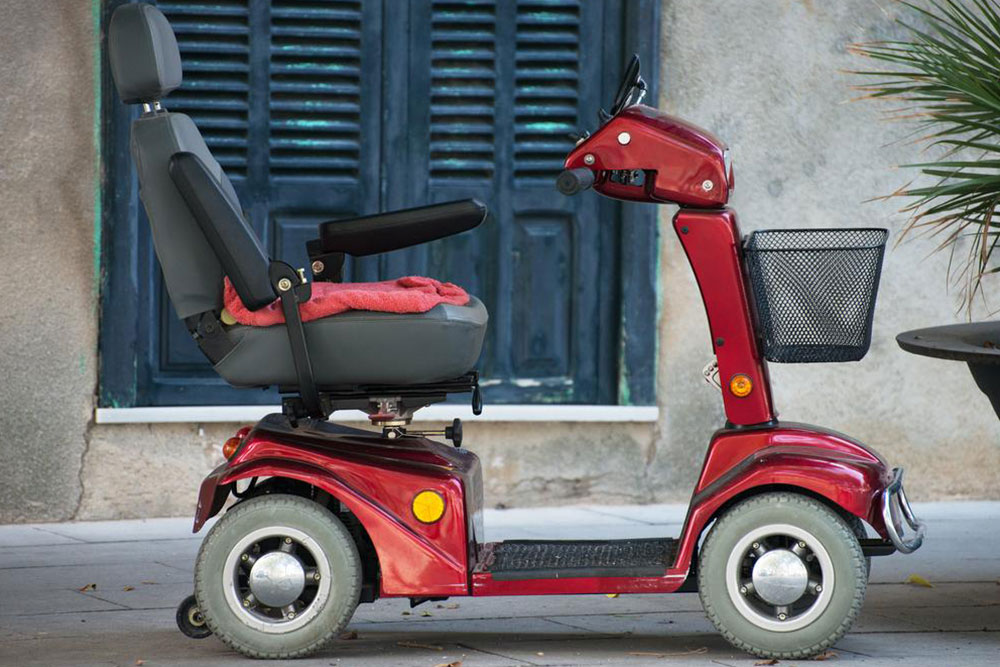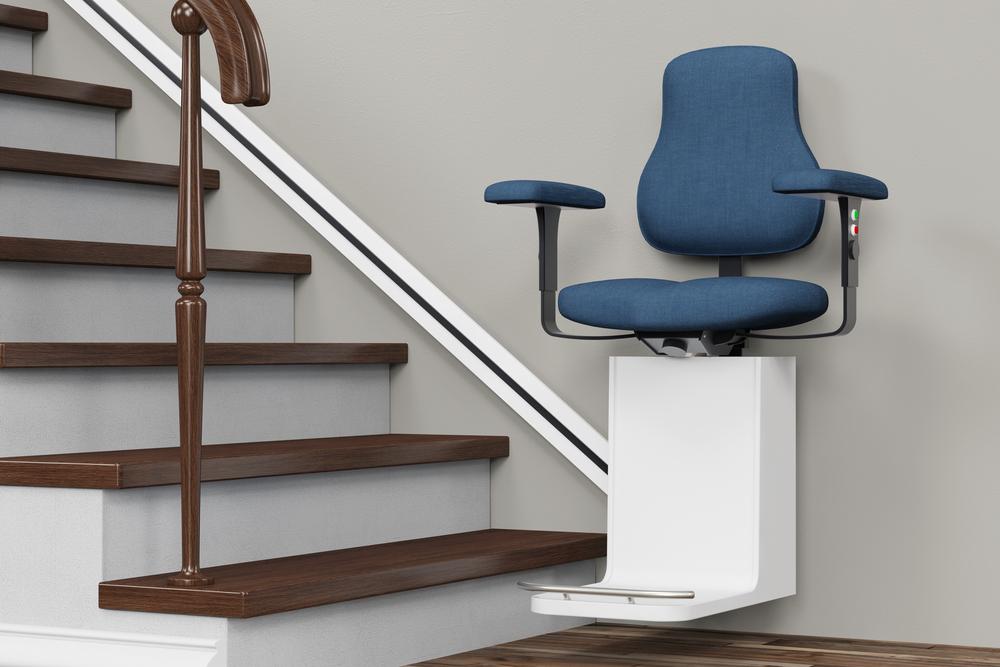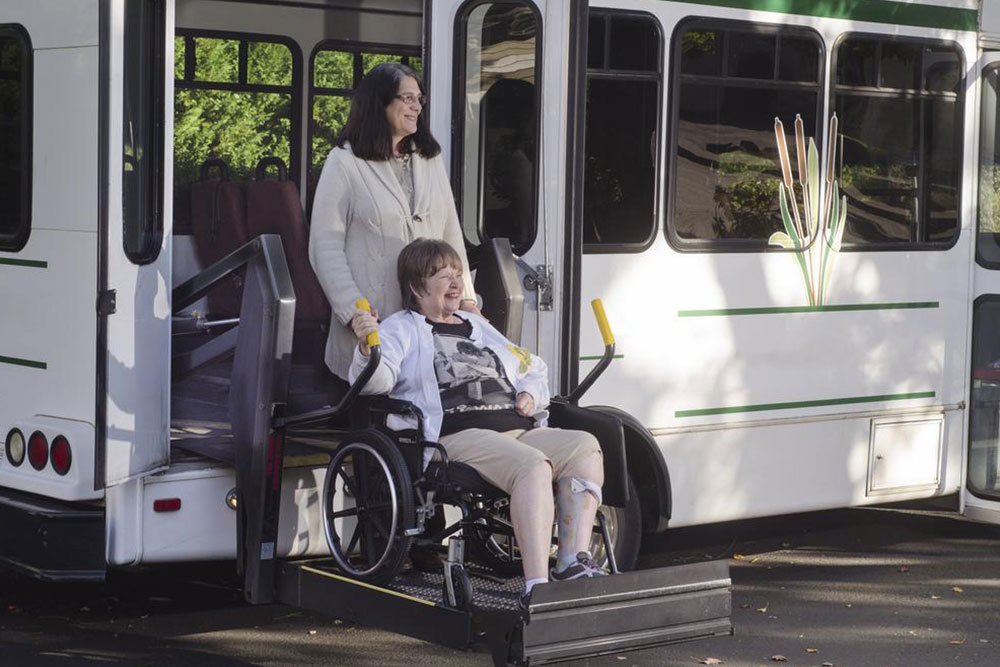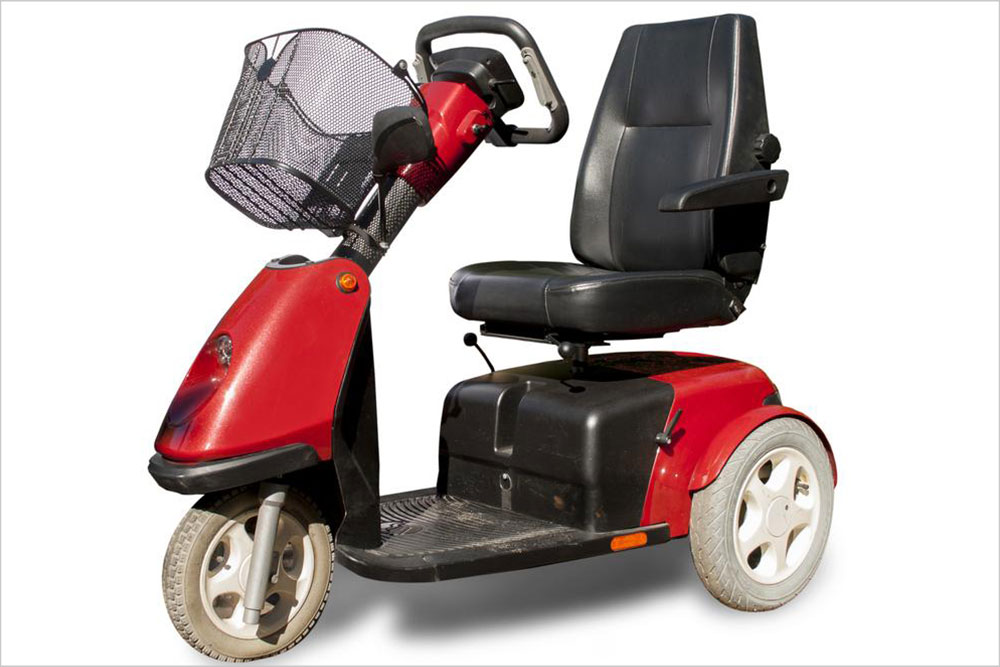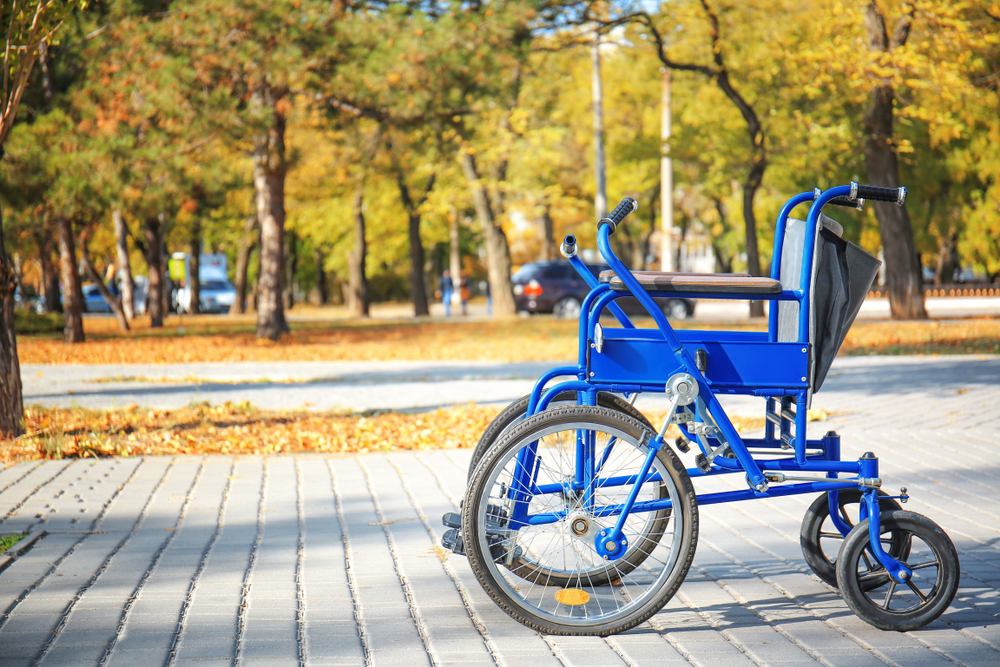Comprehensive Guide to Electric Mobility Scooters
This comprehensive guide explores electric mobility scooters, highlighting their features, benefits, limitations, and regulatory guidelines. Designed for individuals with mobility challenges, these devices promote independence, safety, and activity. The article covers maintenance, usage rules, age suitability, and safety tips, helping users make informed choices about their mobility options. Whether for daily errands or longer trips, electric scooters serve as valuable aids, enhancing quality of life while emphasizing responsible use and adherence to regulations.

Comprehensive Guide to Electric Mobility Scooters
An electric mobility scooter serves as a practical mobility aid similar to a powered wheelchair, designed in the shape of a motor scooter. Sometimes called electric scooters or powered personal transporters, these devices feature seats mounted over three, four, or five wheels, with footplates for comfort. They are operated via handlebars or delta-style steering, facilitating easy navigation. Most models are battery-powered, with rechargeable batteries housed onboard. Though gasoline variants existed historically, electric models now dominate the market. The first scooter appeared in 1954, but limited success led to further innovations.
Advantages of electric mobility scooters include fostering independence for users, reducing fall risks, conserving energy, and aiding recovery from injury. These scooters are invaluable for those with limited mobility, helping them perform daily tasks, explore their surroundings, and maintain an active lifestyle. They offer a safe alternative for longer distances, especially for individuals with weak or tired bodies. However, regular maintenance, battery replacements, and higher costs are considerations. Users should also be aware of restrictions regarding where they can operate these devices and the recommended minimum age, generally 14 years or older.
Limitations of Electric Mobility Scooters
Require more upkeep compared to manual wheelchairs or walkers.
Battery replacements and component repairs are necessary over time.
Less compatible with standard cars unless modified or specialized transport is used.
Can be costly without insurance support.
Do not provide physical exercise benefits.
Depend on functional batteries and motors to operate.
Inappropriate for use during heavy rain due to water sensitivity.
Driving Regulations for Mobility Scooters
Speed limits of up to 4 mph allow scooters and wheelchairs to be used on footpaths and pedestrian zones.
Not permitted on cycle paths or motorways.
Age Guidelines
Suitable for individuals with mobility issues, regardless of age, similar to manual or powered wheelchairs.
Recommended minimum age for safe operation is 14 years.
Operation requires ability to sit comfortably and control the device responsibly.


